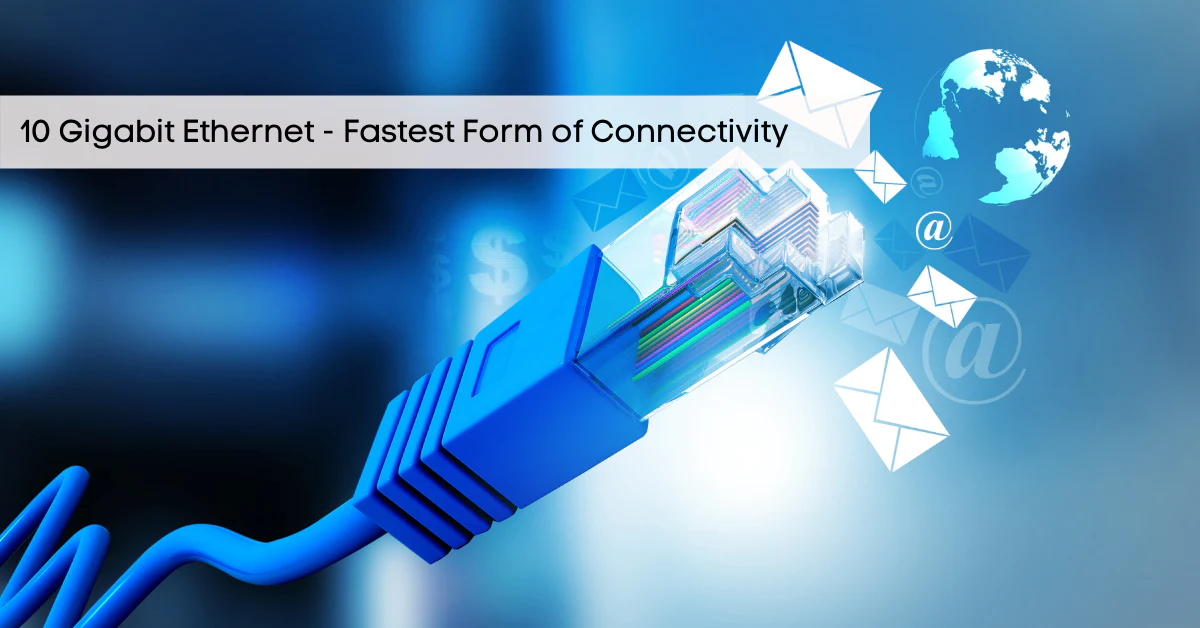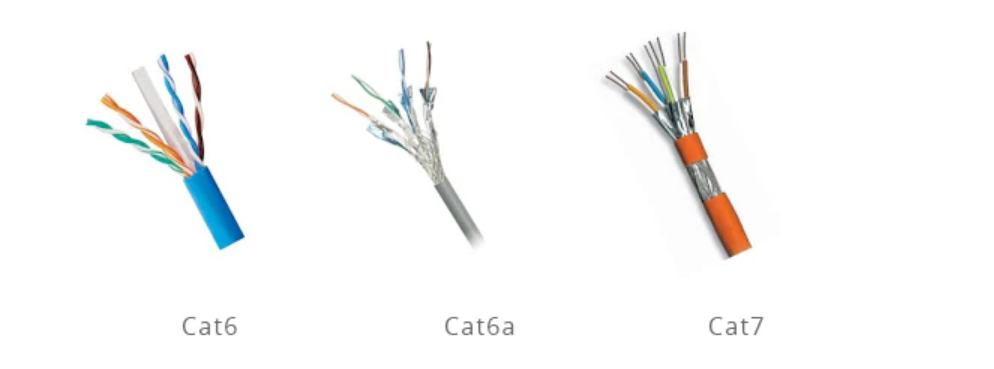Ultimate Guide of 10GBase-T Cables
Bandwidth intensive applications are further pushing the threshold on the need for higher performance, making 10G Ethernet an imperative for inter-switch and server-to-switch links. However, a glaring problem facing network managers is the high costs associated with 10G optical cabling, which has delayed widespread adoption of 10G Ethernet. Fortunately, 10GBase-T switch overcomes these cost barriers, ushering in an affordable migration to 10Gb copper switch throughout the data center.

As the advancement of technology drives faster ethernet connectivity within industry, 10 Gigabit Ethernet (10 GbE) connections can transmit 10 billion bits of data every second. Put simply, the more bandwidth that is available, there are benefits for faster data transmissions between devices and machines. 10GbE connections provide the IoT applications additional benefits for faster connectivity and lower latency. In addition, the demand for faster Gigabit Ethernet networks continues to fuel the development of high-speed industrial communication infrastructures and data telemetry systems within industrial applications.
What Is 10 Gigabit Ethernet? 10 GbE or 10 Gigabit Ethernet is one of the fastest types of ethernet, consisting of a group of networking technologies that transmits data frames at a rate of 10 Gigabit or 10 billion bits every second. It was first specified by the IEEE 803.3ae-2002 standard to define the physical layer (physical connection) and data link layer's media access control (MAC). But along with the continuous adaptation, IEEE 802.3an-2006 finally released the 10GBASE-T standard connection that has been widely used until recent days.
What Type of Cables Do I Need For 10 Gigabit Ethernet?

There are three types of 10GbE cables that can be chosen from cat6, cat6a, and cat7. This cabling will be in charge of connecting endpoint devices such as PCs, WI-FI access points, and an abundance of IoT devices. Cat6 and Cat6a are the two most common cables, while the cat7 is not as preferable to the two other cables. To explain further, cat7 has a very impressive standard, but it is not an IEEE-based standard and uses a GG45 connector instead of the common RJ-45 ethernet connector. As a result, cat7 cable compatibility has made it hard to be widely used. Cat6 and Cat6a cables are often being compared to each other and are known for their reliable speed. Cat6 can run up to 1000Base-T ethernet at speed up to 1000Mbps to a maximum of 100 meters. But with the 10GbE's 10Gbase-T standard, a cat6 cable can only reach a maximum of 35 to 55 meters, depending on the interference in the environment. As a result, cat6 is not the best when compared to cat6a. Cat6a, on the other side, provides the improved noise-canceling capability and a higher level of Power Over Ethernet (PoE) output while maintaining its performance. PoE is used to deliver power and transmit data towards the endpoint devices. PoE devices are growing exponentially along with the adaptation of IoT. Therefore, cable cat6a is the best choice so far, it allow connection up to 100 meters .